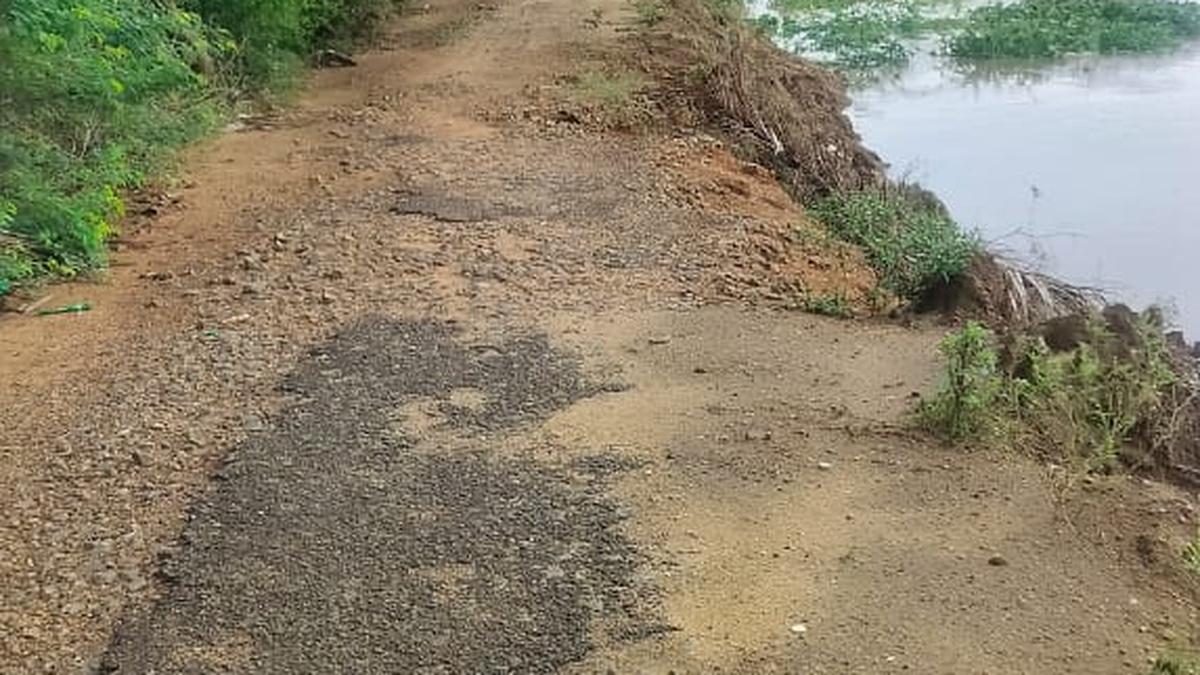ARTICLE AD BOX
Eighteen years ago, a 22-acre hillock outside Indore in Madhya Pradesh was nothing but a barren piece of land filled with stones. Today, the same land is a living forest with 40,000 pesticide- and fertiliser-free trees—a testament to the persistence of scientist-turned-environmentalist Dr Shankar Lal Garg.
“It was a fully barren, rocky hillock. There were no trees at all,” 75-year-old Garg recalls, adding that he first purchased the land in 2007 while he was working as a college principal. His dream was to build a university after retirement, he says.
But by December 2015, reality struck. “It would take Rs 50 crore to Rs 100 crore to build a college, and I did not have so much money,” he explains. Friends urged Garg to sell the “useless” land, but he refused.
When the monsoon clouds gathered in June 2016, Garg says, he made a decision. “Let me try planting trees. If I fail, I still have the option to sell, I thought,” he says. The local villagers were not as optimistic as they thought it was a waste of time to plant trees when there was no water on the hill. But Garg was determined, he says. He drove 45 km from home daily and planted the first neem and banyan saplings.
Within a year, Garg says, the transformation into ‘Keshar Parvat’ began. Tiny roots split boulders, trapped dust, and “converted stones into soil”, he says. Water followed.
A forest without chemicals
Garg says he trusted the sky more than fertilisers, and the gambit paid off. “Monsoon comes with nitrogen and sulphur. That is enough for the whole year,” he explains. Not a single gram of pesticide has ever been sprayed on the hill. “Let the insects and birds eat…that is their right,” he says.
Story continues below this ad
Garg’s approach has been stubbornly low-tech: acclimatise saplings for 10 days before planting, place two species side by side like siblings, keep watering sparse so roots grow deep, and above all, maintain the trees.
Over the years, a variety of trees have been planted on the land, including olives, Mexican date, dragon fruit, apple, cashew and saffron. Now, 500 species of trees lend their shade to Keshar Parvat, says Garg.
Where wells once had to be drilled 600 feet deep, fresh groundwater now rises at 300 to 350 feet. A pond dug on the slope fills during rains and feeds a drip grid during the dry months, he adds.
Rising green cover, falling heat
The green cover does more than enhance the scenery; it cools and hydrates the entire neighbourhood. On a May afternoon, Indore may sizzle at 43°C, but under Keshav Parvat’s canopy, thermometers read 37°C, says Garg. “Stand beneath five trees and you will not feel that it is hot. For nine years, we have not seen a drought. Trees attract rain,” he adds.
Story continues below this ad
With water tables rising, water pumps have begun to run for fewer hours, and electricity costs decreased, says Garg. Plastic water bottles that once came by the crate are less common now. Visitors drink from clay cups or refill their flasks at taps fed by the new well, he adds.
With shade and water, the animals and birds followed. “Hyenas, jackals, nilgai, rabbits and plenty of snakes and scorpions,” Garg rattles off a list. Bird-watchers have logged 30 species, and lepidopterists, 25 kinds of butterflies, he claims.
Setting an example
Growing a forest without plastics or chemicals has not come cheap. Garg says he has invested more than ₹8 crore and still spends ₹3 lakh each month on maintaining the forest. Yet the land that cost ₹2 lakh per bigha in 2007 is now valued at ₹70 lakh, he points out.
“We do not sell the fruits. People come, eat whatever they like. God has helped me, why should I commercialise it?” he asks.
Story continues below this ad
The real profit, he insists, is in setting an example: a forest can rise on rock; rain can return; food can grow without fertiliser or pesticide. “People say I have made heaven. I simply feel one with God here,” Garg adds.
The road ahead
On World Environment Day, Keshar Parvat teaches an important lesson on how stones can be turned into soil even as Garg dreams of a future filled with trees. “Every Indian must plant 125 trees,” says Garg, adding that he aims to plant 10,000 more trees on empty corners of the hill and guide local farmers to free their orchards of plastic and chemical sprays.
“One should take care of the future generation. You can only save the future generation if you grow more and more forests. If a tree is there, animals are there, insects are there…humans are doing well. Just start…nature always gives back more,” he adds.



.png)
.png)
.png)


























 English (US) ·
English (US) ·